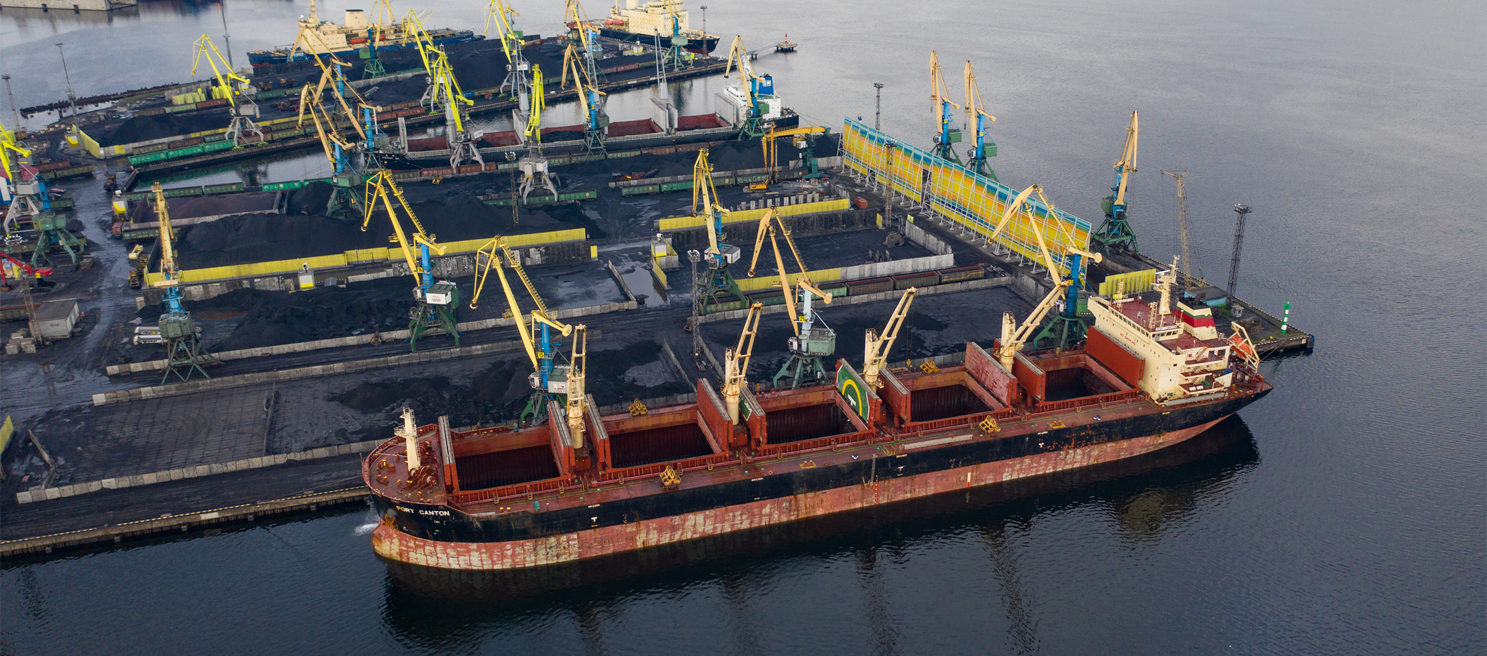Summary
This week's economic highlights include contrasting GDP growth rates between the USA and Korea for Q1, with Korea's economy accelerating by 2.6% annualized, while the US economy slows to 2.3% growth annualized. Notably, US growth relies heavily on government spending, funded by significant debt expansion, while the price index continues to decline.
Singapore's industrial production rose by 2.3% in March, with the producer price index turning positive, marking a shift after a period of deflation. In Europe, economic sentiment is gradually improving, with Germany's inflation projected to increase to 2.3% in April, though consumer confidence remains negative.
Central banks in Japan, Indonesia, and Turkey are expected to maintain unchanged interest rates. Mexico faces rising inflation, expected to reach 4.5% in April, and a deteriorating trade deficit nearing $3 billion, exacerbated by reduced oil exports.
Investment banks revised oil price forecasts for the second half of the year, anticipating Brent to range from $86 to $95 per barrel, influenced by geopolitical tension. Euroil stock data show fluctuations, with EU-16 fuel oil stocks increasing and middle distillate stocks returning to the five-year average.
Port activities in Rotterdam and Singapore reflect changing trade patterns, impacted by Red Sea diversions. Singapore reported over 7% growth in cargo throughput in Q1, while bunkering sales rose by 6% year on year.
The IMF World Economic Outlook emphasizes differing growth rates globally, with the Eurozone expected to grow by 0.8%, compared to emerging markets and developing Asia, projected to grow by 5.2% and 6.8% respectively. These trends underscore fundamental changes in the global economy and trade dynamics, with Asia's growth outpacing Europe over many years, reshaping the world economy.














